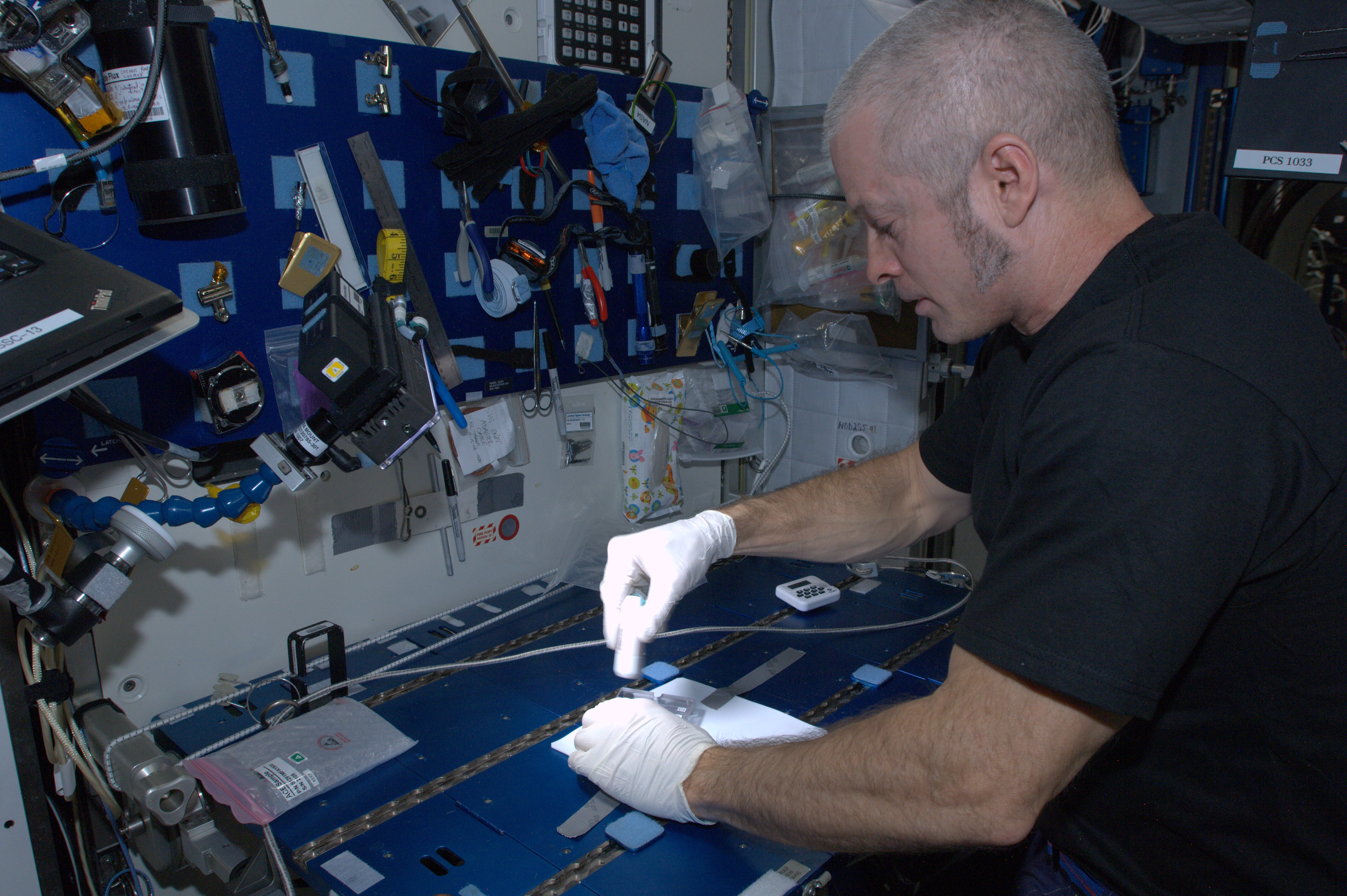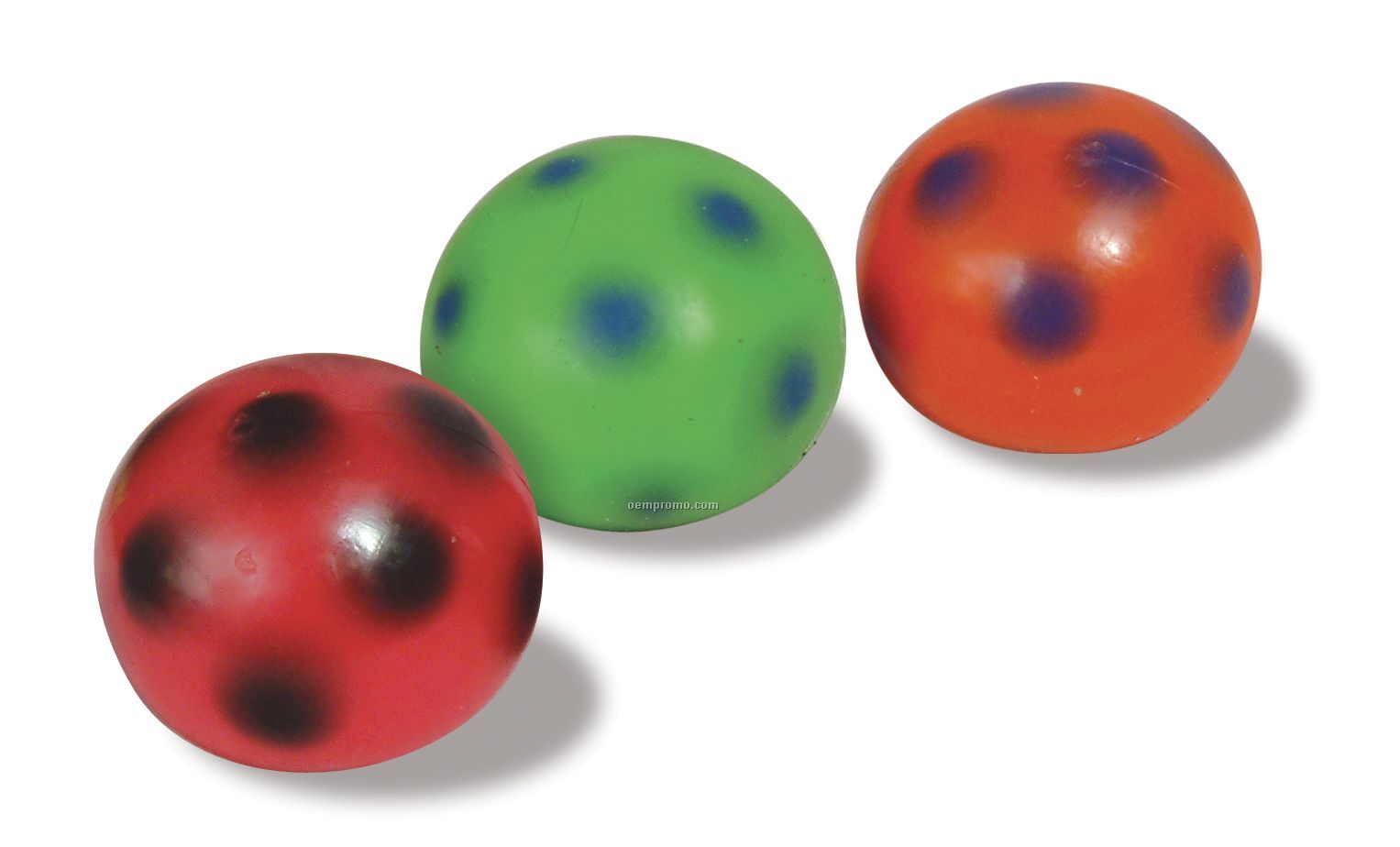
%2BAbraham%2BLake%2BIn%2BCanada%2B(right)%2B-%2B18%2BBeautiful%2BFrozen%2BLakes%2C%2BOceans%2BAnd%2BPonds%2BThat%2BResemble%2BFine%2BArt.jpg)
Much of the best songs of 2019, from Brittany Howard's funk-soul road maps on Jaime to Lana Del Rey's neo-realist folk-rock montages, similarly dwell within the process of their own construction, reminding listeners that every act of self-expression is incomplete. The songs evoke high school drama club, but also the self-talk scripts of the therapist's office, and the Instagram poetics of at least two generations that formed identities by constantly recording themselves.Įditors' Picks Lana Del Rey Lives In America's Messy Subconscious There, the O'Connells build dangerous emotions into dramatic narratives that are comprehensible, manageable.

Each phrase is a theater the size of an earbud.

In the Lolita empowerment move "bad guy" or alienation tango "xanny" or heartache notes app " when the party's over," the hooks are made of sniffles and breath, not words or melody. Add in Finneas's inventiveness in manipulating her instrument – fuzzy multi-tracking, pitch-shifting, sampling and multiplying inhalations and sighs – and you have songs that hit the listener like random musings, but still make the impact a pop hit requires. Her vocal control distinguishes her from the hordes of young women (and some men) whispering unevenly into microphones right now. Eilish has a disarmingly intimate, unadorned vocal style born of a two-pronged education: a member of the soft brigade of Gen Zers who grew up posting bedroom karaoke videos on YouTube, she also learned technique in the Los Angeles Children's Chorus, where blending matters more than belting. The most notable thing about their music is the way it borrows from not just hip-hop but video games, social media platforms like TikTok and Tim Burton movies to uncover the power of supposedly non-musical sounds. The art of the O'Connells (Billie goes by her first and middle name) comes alive at the three-way intersection of the fantastic, the forbidden and the everyday. A line from "Bury a Friend" gave Eilish's album its title - When We All Fall Asleep, Where Do We Go? - and became one of its most successful tracks. Finneas and Billie wondered if anybody would be able to hear the melody buried inside this monster mash, but it was a strong one, inspired by the musical theater numbers the siblings both knew from their homeschooling curriculum. It's just one element smashed into the sonic shag carpet of "Bury a Friend." There's also the timer-ding of an Easy Bake Oven, shattering glass and something called Nightmare Horse.

Skreeeee, goes the drill, in the mix transformed into a cute bestial scream. Though Finneas found the sound "very horrible," he integrated it into a song the siblings were composing, a Studio Ghibli-style fairy tale told from the point of view of a creature living under Billie's bed. "I thought it was so dope, and I pulled my phone out immediately and tried to record it," she later told New York Times reporter Joe Coscarelli. For example: Billie Eilish, the Los Angeles teenager who, with her 22-year-old brother Finneas, made the most streamed and talked-about album of 2019, was once getting her braces adjusted, listening to the whir of the drill shaving down their edges. What is the most urgent undertaking for an artist in 2019? Perhaps it is to find music in the noise oppressing the atmosphere, the (mis)information, static and chaotic emotion permeating people's heads. Eilish, who will turn 18 in December, broke through in 2019 with songs that embody the demons of her time, but with confidence and a healing sense of humor. Billie Eilish performing in Austin, Texas in October.


 0 kommentar(er)
0 kommentar(er)
